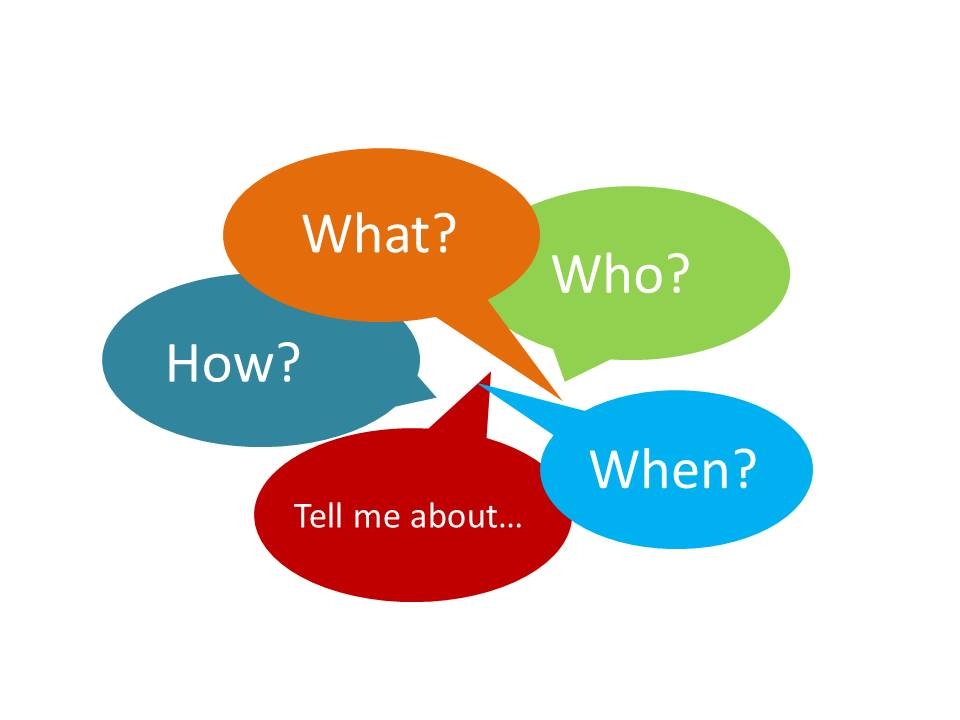How to Analyze Open-Ended Feedback

Open-ended feedback is a powerful source of insights that helps businesses, educators, researchers, and organizations understand thoughts, emotions, and experiences in the respondent’s own words. Unlike structured responses (like multiple-choice questions), open-ended feedback offers nuance and context—but analyzing it can be challenging due to its unstructured nature. Here’s a step-by-step guide to make the process efficient and insightful.
1. Collect Feedback in a Centralized System
Start by consolidating all open-ended responses into one platform, such as a spreadsheet, feedback management tool, or text analysis software. This makes it easier to view patterns across data sources and ensures nothing is overlooked.
2. Clean and Prepare the Data
Before analysis, clean the data:
-
Remove duplicates
-
Fix typos (especially common ones)
-
Eliminate irrelevant responses
-
Standardize abbreviations and slang where appropriate
This step improves the accuracy of subsequent analysis.
3. Familiarize Yourself with the Data
Read through a subset of the responses to get a sense of recurring themes, tone, and language. This initial scan helps you understand the context and avoid misinterpretation during deeper analysis.
4. Create a Coding Framework
Develop categories or "codes" based on themes you notice. These can be:
-
Predefined (based on hypotheses or prior research)
-
Emergent (based on what naturally arises from the data)
For example, feedback on a product might be coded into themes like “ease of use,” “performance,” “customer service,” and “design.”
5. Manually or Automatically Tag Responses
Apply your coding framework to the data. This can be done manually (ideal for smaller data sets) or with Natural Language Processing (NLP) tools for larger volumes. Tools like MonkeyLearn, NVivo, or Qualtrics Text iQ can speed up the process.
6. Group and Quantify Themes
Once coding is complete, count how many responses fall into each category. While qualitative feedback is about meaning, quantifying themes helps identify priority areas based on frequency and impact.
7. Identify Sentiment
Analyze the emotional tone behind responses—positive, negative, or neutral. Sentiment analysis tools can automate this, but manual review is recommended for validation due to the complexity of human language.
8. Spot Outliers and Unique Insights
Look for unexpected or minority opinions that could highlight untapped opportunities or risks. These may not be statistically dominant but could offer high strategic value.
9. Visualize and Report Findings
Use charts, word clouds, and summary tables to present your findings. Visual representation makes it easier for stakeholders to grasp key takeaways and supports data-driven decision-making.
10. Close the Feedback Loop
Share your findings with relevant teams and, if possible, communicate back to respondents how their feedback is being used. This builds trust and encourages ongoing participation.
Final Thoughts
Analyzing open-ended feedback is both an art and a science. It requires careful listening, structured analysis, and the ability to extract meaning from nuance. When done well, it can be a rich driver of innovation, customer satisfaction, and continuous improvement.
- Arts
- Business
- Computers
- الألعاب
- Health
- الرئيسية
- Kids and Teens
- مال
- News
- Recreation
- Reference
- Regional
- Science
- Shopping
- Society
- Sports
- Бизнес
- Деньги
- Дом
- Досуг
- Здоровье
- Игры
- Искусство
- Источники информации
- Компьютеры
- Наука
- Новости и СМИ
- Общество
- Покупки
- Спорт
- Страны и регионы
- World


